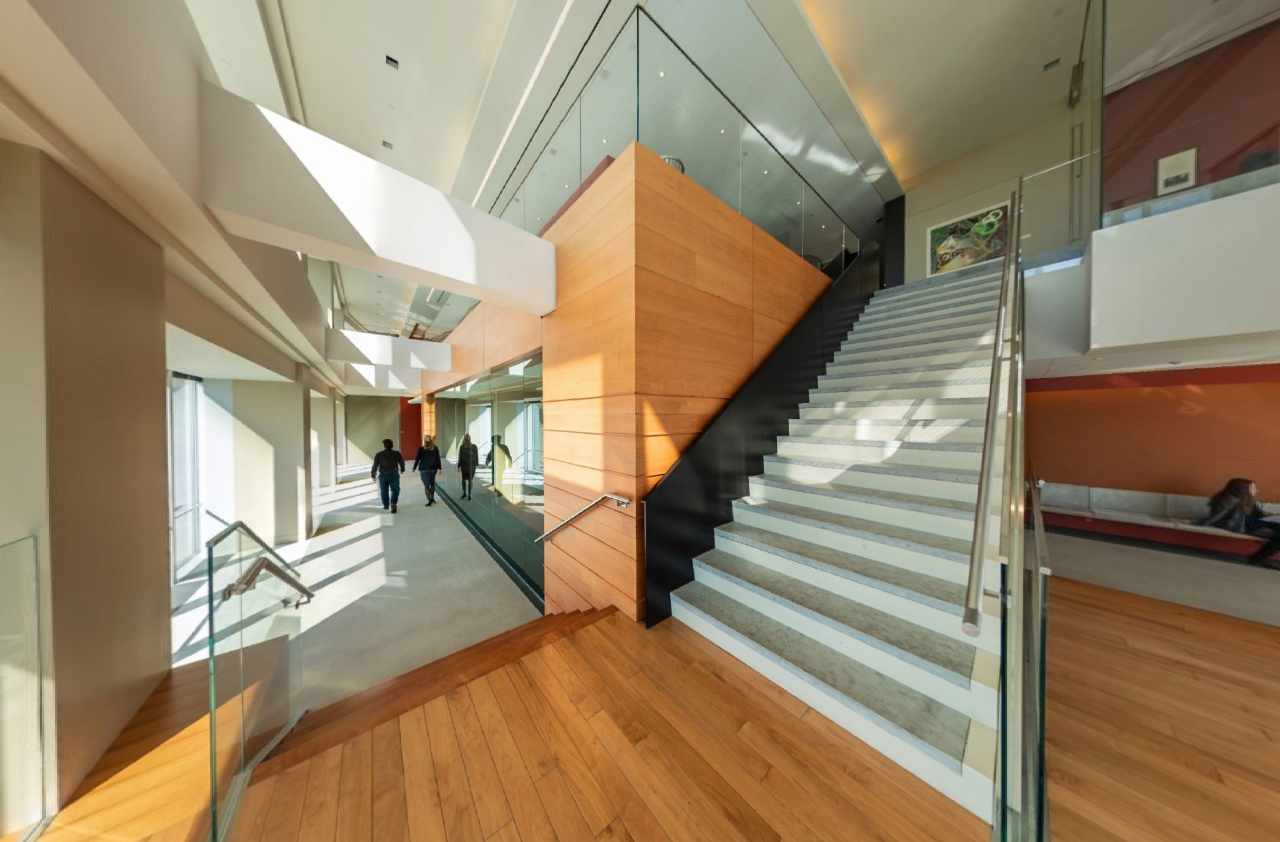
What is Marden-Walker Syndrome? Marden-Walker Syndrome (MWS) is a rare genetic disorder that affects multiple systems in the body, including the musculoskeletal, nervous, and cardiovascular systems. Inherited in an autosomal recessive pattern, both parents must carry the defective gene for a child to be affected. Fewer than 50 cases have been documented worldwide, making it extremely rare. Individuals with MWS often exhibit distinctive facial features, joint contractures, muscle weakness, and growth delays. Intellectual deficits and motor development issues are also common. Despite its rarity, understanding MWS is crucial for providing comprehensive care and support to affected individuals and their families.
Key Takeaways:
- Marden-Walker Syndrome is a rare genetic disorder affecting multiple body systems, leading to physical, developmental, and internal complications. Early detection and multidisciplinary treatment are crucial for managing the condition.
- Families affected by Marden-Walker Syndrome need to understand the genetic basis, long-term prognosis, and available support resources. Genetic counseling and ongoing research play a vital role in advancing understanding and care for this rare condition.
What is Marden-Walker Syndrome?
Marden-Walker Syndrome (MWS) is a rare genetic disorder that affects multiple systems in the body. It presents a variety of physical and developmental challenges. Let's dive into some key facts about this condition.
-
Definition: Marden-Walker syndrome is a rare congenital disorder impacting the musculoskeletal, nervous, and cardiovascular systems.
-
Inheritance Pattern: MWS is inherited in an autosomal recessive manner. Both parents must carry the defective gene for their child to have a chance of inheriting the condition.
-
Prevalence: The exact prevalence is unknown, but fewer than 50 cases have been documented worldwide.
Distinctive Physical Features
Individuals with MWS often exhibit unique physical characteristics that can help in diagnosis.
-
Facial Features: Common facial features include a mask-like face, droopy eyelids (blepharophimosis), a small jaw (micrognathia), and a high-arched or cleft palate.
-
Joint Contractures: Multiple joint contractures restrict movement and can lead to significant mobility issues.
-
Muscle Weakness: Muscle weakness and decreased muscular bulk are frequent, contributing to limited mobility.
Growth and Development
MWS affects growth and development in various ways, often leading to delays and abnormalities.
-
Growth Delay: Postnatal growth retardation is common, resulting in delayed development and smaller stature compared to peers.
-
Kyphoscoliosis: A curvature of the spine, known as kyphoscoliosis, is often observed, which can further restrict mobility and cause respiratory issues.
Internal Complications
MWS can also lead to several internal complications, affecting organs and bodily functions.
-
Cardiovascular Anomalies: Structural heart defects and dextrocardia (heart on the right side of the chest) are associated with MWS.
-
Renal Issues: Cystic dysplastic kidneys and other renal anomalies can lead to kidney problems and other complications.
Cognitive and Motor Development
MWS impacts cognitive and motor development, leading to various degrees of impairment.
-
Intellectual Deficit: Intellectual deficit is a significant concern, although the extent of cognitive impairment varies widely.
-
Motor Development: Delayed motor development is characteristic, with many patients experiencing limited control over muscles and joints.
Additional Physical Characteristics
There are several other physical traits commonly associated with MWS.
-
Physical Characteristics: Low-set ears, long fingers (arachnodactyly), bent fingers (camptodactyly), and a short neck are often seen.
-
Skeletal Deformities: Conditions like pectus excavatum (sunken chest) or pectus carinatum (protruding chest) are common.
-
Congenital Talipes Equinovarus: Also known as clubfoot, this condition may be present in individuals with MWS.
Neurological and Muscular Features
MWS affects the nervous system and muscles, leading to specific symptoms.
-
Hypoplastic Muscles: Underdeveloped muscles contribute to limited mobility and muscle weakness.
-
Deep Tendon Reflexes: Absent or diminished deep tendon reflexes indicate neurological involvement.
Genitourinary Anomalies
MWS can also affect the genitourinary system, leading to specific conditions.
-
Hypospadias: In males, the urethra may open on the underside of the penis.
-
Bilateral Inguinal Hernia: This condition can also be present, adding to potential complications.
Brain and Genetic Factors
Understanding the genetic and cerebral aspects of MWS is crucial for diagnosis and research.
-
Minor Cerebral Malformations: Some cases show minor cerebral malformations, such as those affecting the corpus callosum.
-
Genetic Basis: Mutations in the PIEZO2 gene have been identified in some cases, suggesting a genetic link.
-
Pathomechanism: Dysfunctional molecular mechanisms in primary cilia structures, essential for cellular development, are believed to be involved.
Diagnosis and Differential Diagnosis
Diagnosing MWS involves recognizing specific clinical features and ruling out other conditions.
-
Diagnosis: Diagnosis is based on clinical features like postnatal growth retardation, multiple joint contractures, and distinctive facial features. MRI and echocardiography may help identify associated malformations.
-
Differential Diagnosis: Conditions like trisomy 13 and 18, Smith-Lemli-Opitz syndrome, Zellweger syndrome, and others must be ruled out.
Prenatal Diagnosis and Treatment
Early detection and management are vital for improving outcomes in MWS.
-
Prenatal Diagnosis: If there's a family history, prenatal diagnosis is possible. Intrauterine growth retardation and renal cystic disease can be detected through ultrasonography, and arthrogryposis can be viewed antenatally from the second trimester onwards.
-
Treatment: Treatment is primarily symptomatic and multidisciplinary. Conservative orthopedic treatment and physiotherapy help manage joint contractures and improve mobility. Management also involves addressing associated complications like respiratory and gastrointestinal issues.
Prognosis and Genetic Counseling
Understanding the long-term outlook and providing genetic counseling are crucial for families affected by MWS.
-
Prognosis: The long-term outlook is generally poor due to the severity of the condition and associated complications. Many patients experience significant morbidity and mortality, particularly in early childhood.
-
Genetic Counseling: Genetic counseling is essential for at-risk couples, as they need to understand the 25% risk of having an affected child if both parents are carriers of the disease-causing mutation.
Research and Support
Ongoing research and support resources are vital for advancing understanding and care for MWS.
-
Research Activities: Research into MWS is ongoing, with efforts to understand the underlying genetic mechanisms and develop more effective treatments. Identifying specific genetic mutations, such as those in the PIEZO2 gene, has been a significant area of study.
-
Patient-Centered Resources: Support groups and resources are crucial for families affected by MWS. These provide emotional support, educational materials, and practical advice on managing the condition.
Understanding Marden-Walker Syndrome
Marden-Walker Syndrome (MWS) is a rare genetic disorder with complex symptoms affecting multiple body systems. Inherited in an autosomal recessive pattern, both parents must carry the defective gene for a child to be affected. Key features include distinctive facial characteristics, joint contractures, muscle weakness, and growth delays. Other complications can involve the cardiovascular system, kidneys, and intellectual development. Diagnosis relies on clinical features and may involve imaging techniques. Treatment focuses on managing symptoms through a multidisciplinary approach, including orthopedic care and physiotherapy. The prognosis is generally poor, with significant morbidity and mortality, especially in early childhood. Genetic counseling is crucial for at-risk couples. Ongoing research aims to uncover the genetic mechanisms and improve treatment options. Support groups and resources are essential for families navigating this challenging condition. Understanding MWS helps in providing better care and support for those affected.
Frequently Asked Questions
Was this page helpful?
Our commitment to delivering trustworthy and engaging content is at the heart of what we do. Each fact on our site is contributed by real users like you, bringing a wealth of diverse insights and information. To ensure the highest standards of accuracy and reliability, our dedicated editors meticulously review each submission. This process guarantees that the facts we share are not only fascinating but also credible. Trust in our commitment to quality and authenticity as you explore and learn with us.


